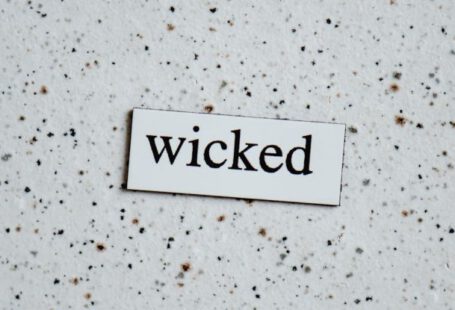Steven Spielberg’s “Schindler’s List” stands as a powerful and haunting portrayal of the horrors of the Holocaust. Through its masterful direction, compelling performances, and stark cinematography, the film captures the unimaginable atrocities of this dark chapter in history. In this article, we will delve into how “Schindler’s List” effectively conveys the brutality and inhumanity of the Holocaust, leaving a lasting impact on its viewers.
**The Setting: A Glimpse into the Darkness**
The film opens with a stark black-and-white scene that sets the tone for what is to come. The setting of Krakow under Nazi occupation immediately plunges the audience into a world of fear, oppression, and despair. Spielberg’s decision to shoot the film in black and white adds to the sense of historical authenticity and serves as a constant reminder of the stark reality of the Holocaust.
**Character Portrayals: Humanizing the Victims**
One of the most striking aspects of “Schindler’s List” is its portrayal of complex and fully realized characters. Oskar Schindler, played brilliantly by Liam Neeson, undergoes a profound transformation from a self-serving businessman to a compassionate savior of hundreds of Jewish lives. His relationship with Itzhak Stern, portrayed by Ben Kingsley, highlights the humanity and resilience of the Jewish people in the face of unimaginable cruelty.
**The Red Coat: A Symbol of Innocence Lost**
Throughout the film, the recurring image of the little girl in the red coat serves as a poignant symbol of innocence amidst the chaos and brutality of the Holocaust. As the audience follows her journey through the streets of Krakow, her eventual fate serves as a gut-wrenching reminder of the countless lives lost during this dark period in history. The use of color in an otherwise black-and-white film underscores the sense of loss and tragedy that permeates every frame.
**The Liquidation of the Ghetto: Unflinching Brutality**
One of the most harrowing sequences in the film is the liquidation of the Krakow ghetto, where thousands of Jewish residents are rounded up and sent to concentration camps. The chaotic and brutal nature of this scene, coupled with John Williams’ haunting score, conveys the sheer terror and dehumanization experienced by the victims. Spielberg’s unflinching portrayal of the violence and suffering endured by the Jewish people serves as a powerful testament to the atrocities of the Holocaust.
**Schindler’s Act of Redemption: A Beacon of Hope**
As the film progresses, Oskar Schindler’s realization of the true extent of the Nazi atrocities spurs him into action. His decision to save as many Jewish lives as possible by employing them in his factories stands as a beacon of hope amidst the darkness of the Holocaust. The film’s emotional climax, where Schindler laments that he could have saved more lives, serves as a poignant reminder of the human cost of indifference and complicity.
**Impact and Legacy: Never Forget**
“Schindler’s List” continues to resonate with audiences around the world decades after its release. Its unflinching portrayal of the Holocaust serves as a stark reminder of the consequences of hatred, bigotry, and indifference. By bearing witness to the horrors of history through the lens of Spielberg’s masterful direction, viewers are challenged to confront the darkest aspects of human nature and to never forget the millions of lives lost during this dark chapter in history.
**In Conclusion: A Testament to the Power of Film**
“Schindler’s List” stands as a testament to the power of film to educate, inform, and inspire. Through its powerful storytelling, compelling performances, and stark imagery, the film captures the horrors of the Holocaust in a way that leaves a lasting impact on its viewers. As we reflect on the atrocities of the past, may we never forget the lessons of history and strive to create a more just and compassionate world for future generations.





